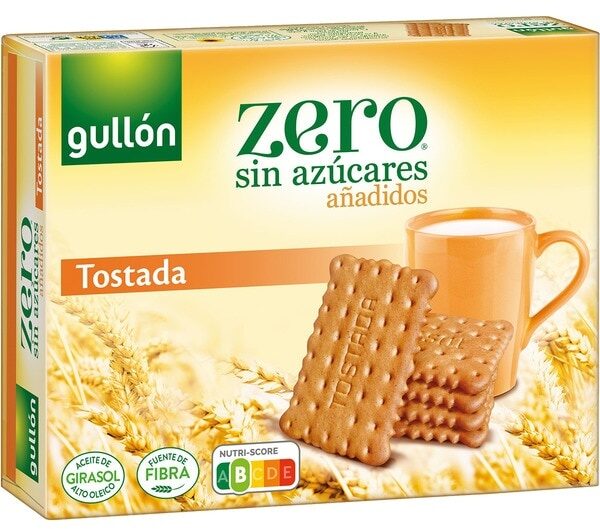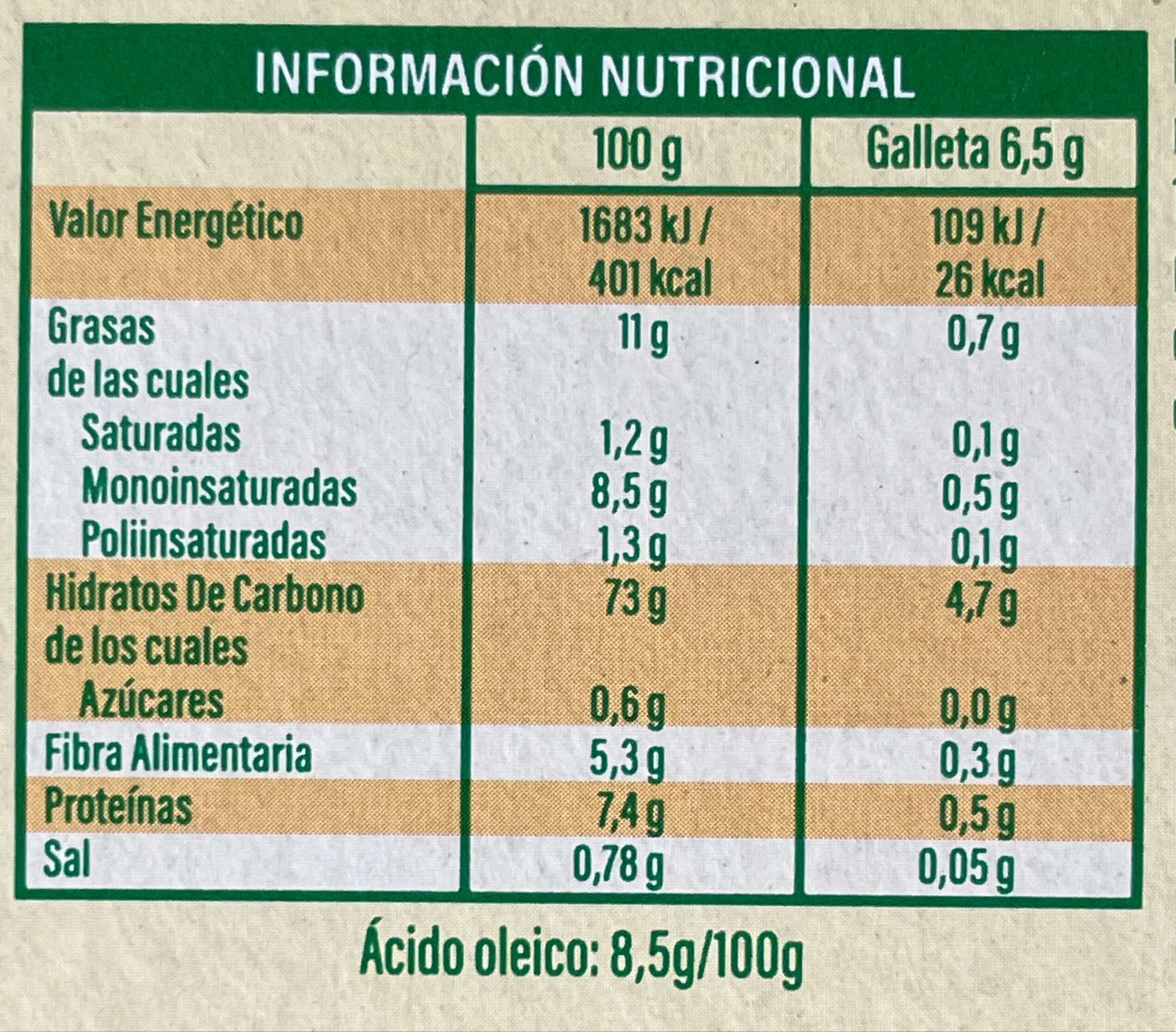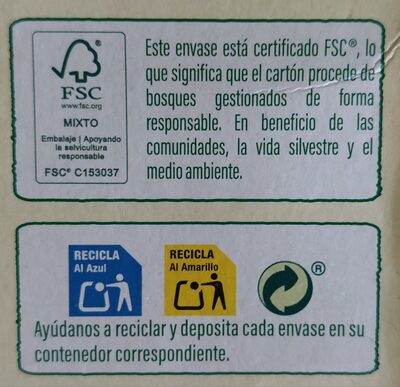Zero sin azúcares Tostada - Gullón - 400 g
This product page is not complete. You can help to complete it by editing it and adding more data from the photos we have, or by taking more photos using the app for Android or iPhone/iPad. Thank you!
×
Barcode: 8410376047509 (EAN / EAN-13)
Common name: Galleta tostada sin azucares anadidos con edulcorante
Quantity: 400 g
Packaging: es:A FSC www.fsc.org MIXTO Embalaje | Apoyando la selvicultura responsable FSC C153037 RECICLA Al Azul Este envase está certificado FSC®, es:la vida silvestre y el medio ambiente. RECICLA Al Amarillo Ayúdanos a reciclar y deposita cada envase en su contenedor correspondiente., es:lo que significa que el cartón procede de bosques gestionados de forma responsable. En beneficio de las comunidades
Brands: Gullón
Categories: Botanas, Desayunos, Galletas, Galletas y pasteles, Snacks dulces
Labels, certifications, awards:
Vegetarian, Source of fibre, Vegan, FSC, FSC Mix, Green Dot, High fibres, No added sugar, Nutriscore, Nutriscore Grade B, es:Recicla amarillo, es:Recicla azul



Traceability code: FSC-C153037
Link to the product page on the official site of the producer: https://gullon.es/producto/tostada-sin-a...
Stores: Consum
Countries where sold: Spain
Matching with your preferences
Report a problem
Data sources
Product added on by kiliweb
Last edit of product page on by grumpf.
Product page also edited by autorotate-bot, ejmillan, emeterio, fix-salt-bot, inf, maylord, musarana, october-food-facts, openfoodfacts-contributors, packbot, roboto-app, spotter, tasja, thaialagata, vaiton, yuka.SHFRRU5wb3d0S1k0bGNJQjRoYjgwK3RNbkxEMkJuR2FPOEJPSUE9PQ, yuka.VnY0K09ZMC9wT2N0a01BeDF4bUZwL2trNVlLWVZqK1ZHc2dOSVE9PQ, yuka.WFBnT0FJUXN2dU5YdzhRWjh6Zkx3ZTUzeE1hVGRuanVMdU05SVE9PQ.












